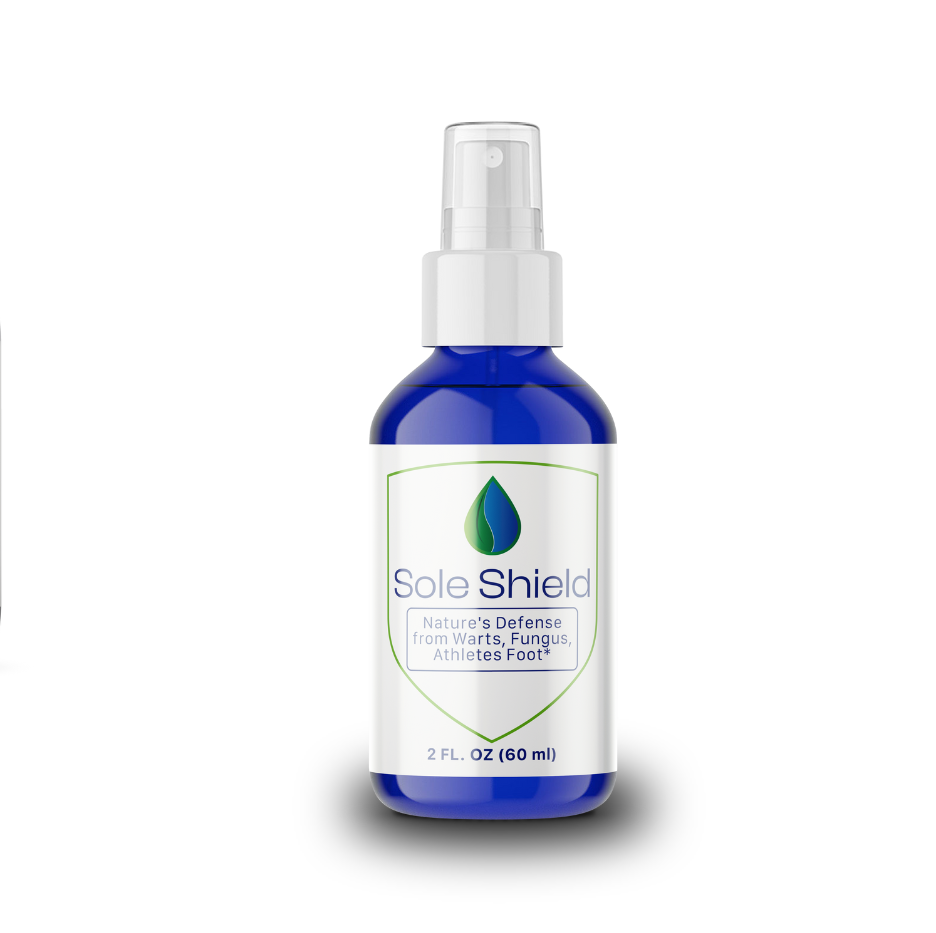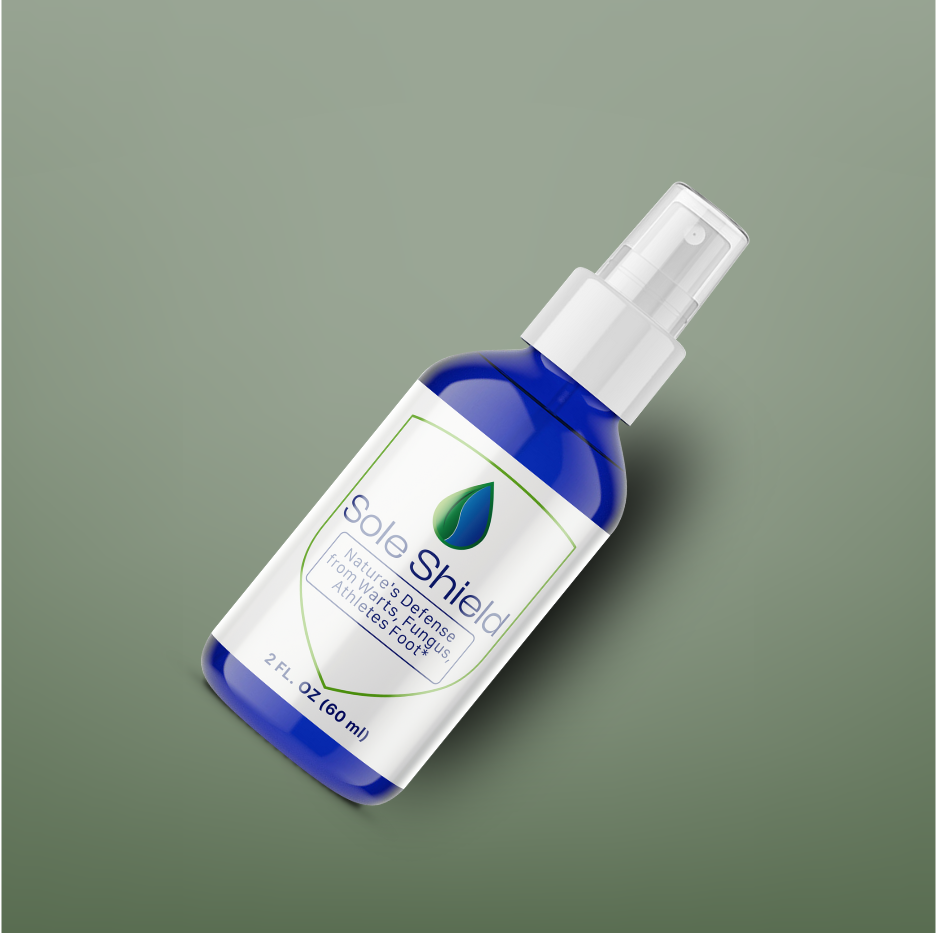
Maintaining a balanced diet is crucial for managing acne, and one often overlooked element is iodine intake. While iodine is essential for thyroid function, which indirectly influences skin health. Understanding the connection between diet, iodine, and acne is key to adopting a diet that supports overall skin health without overstimulation.
The Link Between Iodine and Acne:
Iodine is a trace mineral necessary for the synthesis of thyroid hormones, which regulate metabolism, growth, and development. However, excess iodine intake can lead to increased levels of circulating hormones, including androgens, which can stimulate sebum production and contribute to acne formation. Therefore, for individuals prone to acne, managing iodine consumption through diet becomes crucial in maintaining clear skin.
Identifying Foods Rich in Iodine:
Several foods are naturally rich in iodine, and while they provide essential nutrients, they can also contribute to excess iodine intake if consumed in large quantities. Some common sources of dietary iodine include:
Seafood: Fish and shellfish, such as cod, tuna, shrimp, and seaweed, are among the richest sources of iodine. While seafood is nutritious and provides essential omega-3 fatty acids, it's essential to moderate intake, especially for individuals prone to acne.
Dairy Products: Dairy products, including milk, cheese, and yogurt, are another significant source of iodine. Opting for low-fat or non-fat dairy options can help reduce iodine intake while still benefiting from essential nutrients like calcium and vitamin D.
Iodized Salt: Table salt fortified with iodine is a common source of iodine in the diet. While iodized salt can help prevent iodine deficiency, excessive consumption should be avoided, especially for those with acne-prone skin.
Balancing Iodine Consumption for Acne-Prone Skin:
Achieving a balance between adequate iodine intake for thyroid health and minimizing excess intake to prevent acne flares requires mindful dietary choices. Here are some strategies to manage iodine consumption for acne-prone individuals:
Diversify Your Diet: Instead of relying heavily on iodine-rich foods like seafood and dairy, diversify your diet to include a variety of nutrient-dense foods. Incorporate plenty of fruits, vegetables, whole grains, and lean proteins to ensure a well-rounded diet that supports overall skin health.
Limit Seafood Intake: While seafood is an excellent source of iodine and essential nutrients, consume it in moderation, especially if you notice an association between seafood consumption and acne flares. Opt for smaller servings and vary your protein sources to reduce iodine intake.
Choose Low-Iodine Dairy Options: If you consume dairy products, opt for low-fat or non-fat options, as they tend to have lower iodine content compared to full-fat varieties. Additionally, consider alternatives like almond milk or coconut yogurt as dairy substitutes.
Monitor Iodine Sources: Pay attention to labels and ingredient lists when purchasing packaged foods, as they may contain iodine-containing additives or preservatives. Minimize intake of processed and packaged foods high in iodized salt and opt for whole, unprocessed alternatives whenever possible.
Conclusion:
In conclusion, balancing iodine consumption through diet is essential for managing acne-prone skin. While iodine is crucial for thyroid health, excessive intake can exacerbate acne symptoms for some individuals. By identifying iodine-rich foods and adopting mindful dietary choices that prioritize skin health, individuals can achieve a balance that supports overall well-being without overstimulating acne. Remember, moderation and variety are key to maintaining a healthy diet and clear skin.




